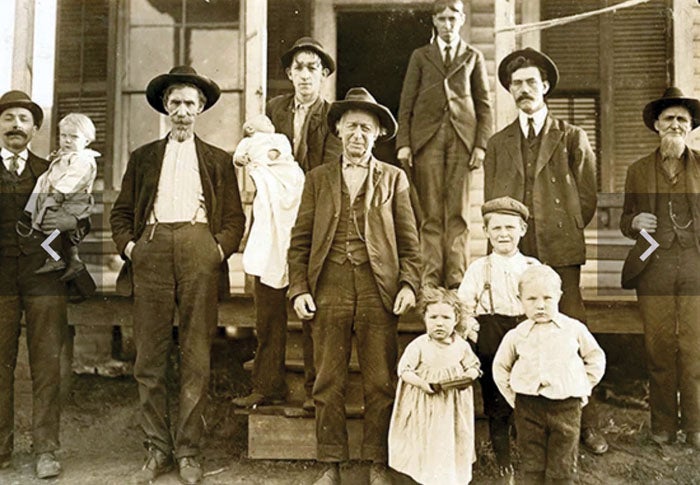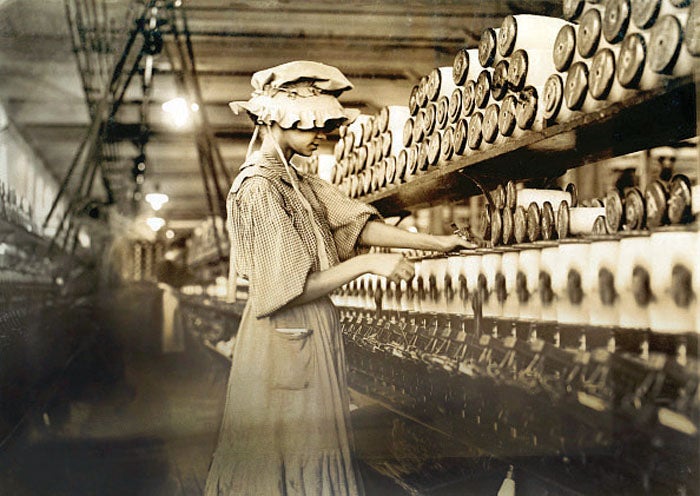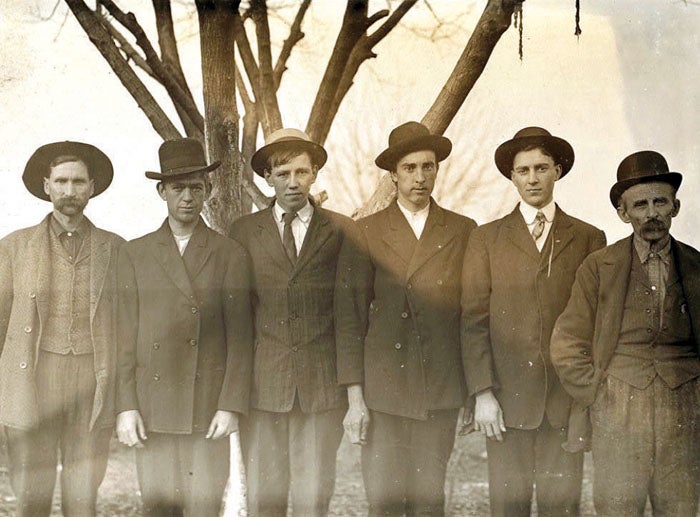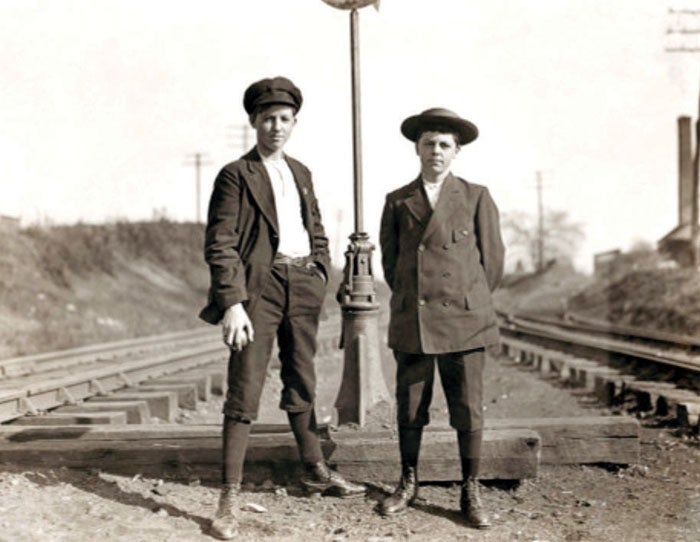Spirit of Rowan 2023: Industry may have faded, but county identity remains
Published 12:00 am Sunday, March 26, 2023
Like many communities in North Carolina, Rowan County relied heavily on mill work to provide income as farming began to ease its way out the fabric of many lives.
Until about 1870, Salisbury was the largest town in western N.C., when all towns began experiencing industrial growth.
In 1887, James William Cannon founded the Cannon Manufacturing Company in Kannapolis. His goal was to produce a basic textile product instead of yarn or another intermediate material. Towels were produced under the name “Cannon Towels.”
Like many large manufacturing companies, Cannon created an entire community for its employees, including hundreds of homes for mill workers, a company store, and, amazingly, a world-class YMCA facility, which had the largest membership in the world at the time. Cannon donated land and money for school construction and education. That year, the first school, McIver was opened.
Cannon erected stores, businesses and churches. In 1917, Cannon arranged a life insurance policy for all Cannon employees. This had never before been done for employees of a company.
In 1924, the company hit its stride, and in 1928, Charles Cannon organized nine textile companies into one large corporation, Cannon Mills. At least 300,000 towels were being produced each day, and it soon became the world’s largest producer of textile products.
But the history of the textile mills had some hiccups. In 1889, a related cotton mill was opened in Salisbury with the specific goal of providing safe work “for white women and children, so they would not have to work with Black men or women,” said Evin Burleson, director of the Rowan Museum. Blacks were essentially permitted “just to work in tobacco factories, which were not especially clean.” The cotton mill was a place for low-income women and children to work who needed to help support their families. White women from middle class families were still expected to stay home and care for families and homes after marriage. It was not until after World War II that Blacks were employed at the textile mills.
Also tied into the history of textile mills was the empty mill in Salisbury that became the only military prison in N.C. during the Civil War. Several weeks after North Carolina joined the Confederacy, Gov. Henry Clark was commissioned to construct a prison for incoming Union prisoners of war. An empty textile mill in Salisbury was selected. In May of 1862, nearly 1,400 prisoners were imprisoned, but by October 1864 the population of Northern war inmates had increased to about 10,000. The overcrowding and poor sanitation of the prison led to a death rate of over 25 percent, and 4,000 prisoners died during the prison’s operation. Today, the Salisbury National Cemetery exists to commemorate the Union soldiers who lost their lives at the Confederate prison during its operation.
However, the mills were a huge part of the development of the entire county, and many residents still have memories of parents working in the mills, or spending some summers working there themselves.
“I worked (at Cannon Mills) for three summers because my parents worked there,” said Terry Holt. He spent two of those summers working in the sewing room with his mother. His job was getting pieces to each seamstress for finishing, and “it was a challenge to keep up with some, they moved so fast.” In addition, if there were special orders, the piecework would pay more, and Holt had to watch carefully to be sure he evenly distributed the higher-paying pieces among the workers. “Or I’d hear ‘you gave her more than you gave me,’ and they’d be mad for a bit.”
“I remember working one summer there in the sewing room,” said Amelia Hedges. “I was 17, and thought I might not like to go to college, even though I had a scholarship. So my father arranged for me to work there for a summer to see what my future might hold if I didn’t get on with my education. I ended up with a lot of respect for the people that did that work all day. I did not have the fortitude to do it. I admire them.”
Over time, labor overseas began to be cheaper, and in the 1970s and 1980s, the lower costs combined with less stringent labor laws meant manufacturing in the U.S. began to decline.
And a lot of people who had depended on those factories for providing for their families were worried — and looking at the idea of having to move to where there were still jobs. Some communities worried that they might not survive the loss of industry.
But survive they have, many reinventing themselves with revitalized downtowns, housing numerous small businesses and restaurants, and offering new or reinvented entertainment.
In addition, there have been some minor replacements, with some of the largest employers being Food Lion, Chewy, the VA Medical Center, Daimler, the Novant Health Rowan Medical Center and clinics, Rowan-Salisbury Schools, Rowan-Cabarrus Community College, Rowan County, Gildan, Teijin Automotive, and soon, Macy’s Distribution Center.
“There hasn’t been a resurgence of jobs on the same level that factories provided,” said Burleson, “but the communities are finding their way forward and thriving.”
More News








